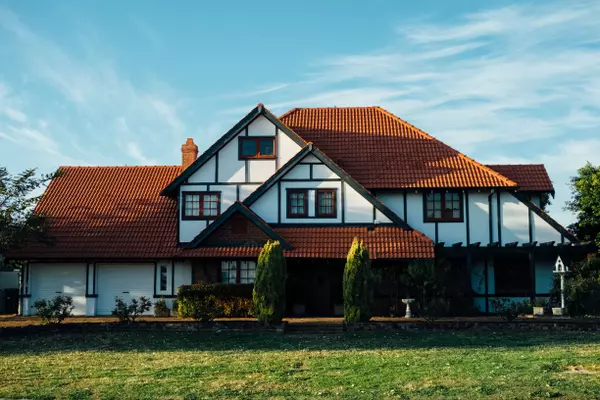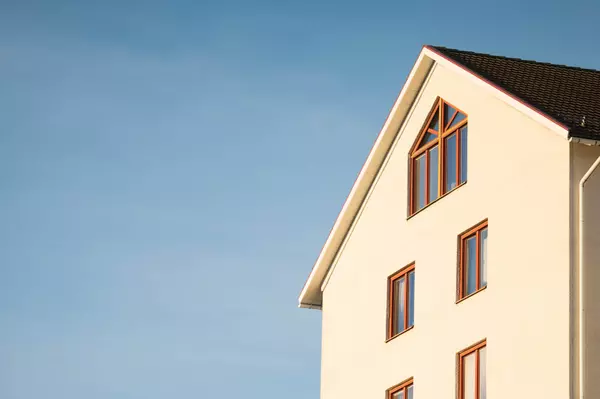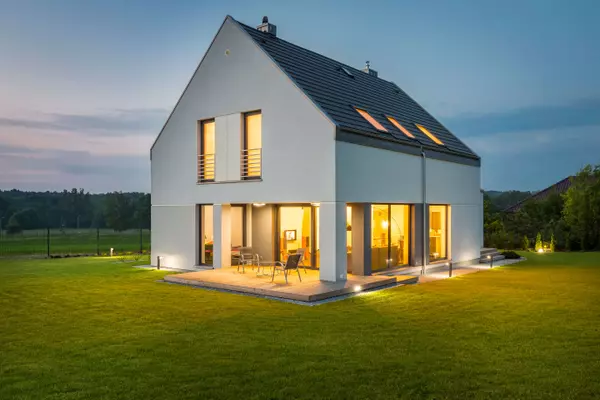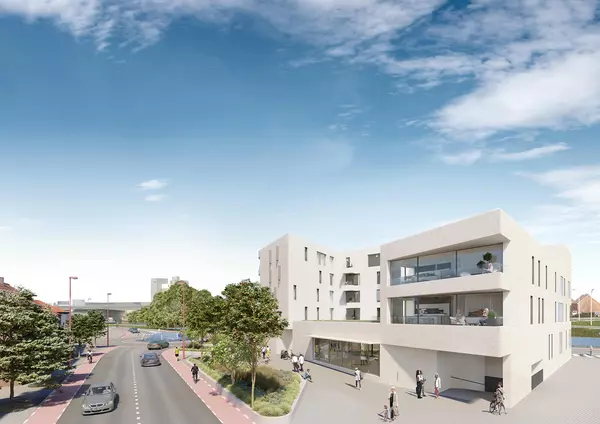How the San Diego Zoo & Safari Park Create World-Class Exhibits
When the San Diego Zoo planned the renovation of Panda Ridge—the home for the newest generation of giant pandas arriving in 2024—it wasn’t just a matter of cleaning up the previous panda habitat, planting some bamboo and calling it a day. Instead, the zoo wanted to upgrade the space to reflect the rocky and mountainous forests in the giant panda’s native China while creating a larger, more immersive environment.
And once the pandas were in the space, the habitat would need to be easily “refreshed,” knowing how destructive these bears can be. Both pandas, Xin Bao and Yun Chuan, wrestle small shrubs, eat live bamboo plants, toss logs, somersault down the hills and have even knocked over a live tree, says Nicki Boyd, curator of mammals at the San Diego Zoo. While these natural behaviors are all considered positive indicators of wellness, they also require significant ongoing maintenance.
Because of the intentional design and behind-the-scenes efforts, guests entering Panda Ridge get to witness the giant mammals the way conservationists and scientists encounter these iconic bears in the wild.
But designing and maintaining a habitat like this—one that both prioritizes an animal’s natural behavior and allows guests to get a glimpse of it—takes months, sometimes years of planning and coordination. Whether it’s for a 300-pound panda or a quarter-inch–long leafcutter ant, dozens of people come together to build a space that feels as close to “home” as possible for species that wouldn’t generally find themselves in Southern California.

“It was mind-blowing to come onto a zoological habitat construction site for the first time,” says Vanessa Nevers, one of three licensed architects on staff at the San Diego Zoo and Wildlife Alliance (SDZWA). When she started at the organization 11 years ago, she learned the ropes on the Tiger Trail project at the Safari Park. “There are a lot of people who are involved in the actual design and documentation and construction,” she says. “It’s always a collaborative effort.”

How San Diego Zoo’s Habitat Project Starts
A habitat design project can be initiated a few different ways. Sometimes, an existing habitat needs to be updated or expanded, or an animal needs to be relocated to a new habitat within the zoo or park. And sometimes, the institution is anticipating the arrival of a new species, like when San Diego became the first to house a platypus outside of Australia.
Once the need is identified, the architecture team starts collaborating with the wildlife care department, the horticulture department, and any other internal groups that might be involved in the final project.
Once the needs of the species are known, the team performs a site analysis. “You may have a few locations in mind for a project at either the park or the zoo, and you need to find the best fit for the needs of that particular project,” Nevers says. Topography, flora and climate—i.e., the zoo in downtown San Diego vs. the Safari Park in eastern Escondido—are all considered in selecting a habitat location. “So it’s matching the site with the species as best you can.”

The in-house architect team comes up with a concept design in line with the considerations of the wildlife care team, and it’s sent up the chain for approval. If the SDZWA decides to move forward, the architecture team then functions as an owner’s representative to oversee the design development and construction of the habitat and ensure the original goals and vision are met.
The architect team uses the approved concept to solicit proposals from designers, usually starting with landscape architects, since the type of design is similar. As the design gets more developed, the project team will bring on architects, mechanical, electrical, plumbing, structural engineers and civil engineers. If the habitat includes any water features—pools or streams for the animals—they also bring on an LSS (life support systems) engineer, who designs the aquatic and filtration systems for any water features.

Projects of course must comply with California building codes, but in terms of habitat design, the guidance depends on the species. The design team must follow the requirements and best practice recommendations laid out by the Association of Zoos and Aquariums (AZA) and sometimes by the U.S. Fish and Wildlife Service. “We [the architectural team] always try to exceed those as best we can,” Nevers says.
It’s in the design development phase that the architects balance the animal’s needs with the zoo guest experience. Wherever the animal feels most comfortable might be out of sight, but sometimes designers incorporate ways for visitors to get a better chance at seeing the animal. For example, if a cat enjoys lying in the sun on a warm rock, the designers can put some artificial rocks containing heat cables in the habitat. Or if an animal likes to climb, the architects provide climbing opportunities where guests can see the behavior, then give them a resting place that’s still visible.

From Concept Through Construction
Once the project breaks ground, the SDZWA’s in-house construction manager works closely with the external construction team and subcontractors. Meanwhile, the architectural team makes sure the design intent aligns with what’s being built all the way to the project completion. “There are a lot of nuances in the intent that aren’t always picked up in the drawing that clearly,” Nevers says.
The horticulture team visits the site often to integrate their specific plans and to ensure any large trees inside the habitat are being protected. The architecture team also walks the wildlife care experts through the site to evaluate the interior and exterior spaces. “Everything from just even making sure textures are right—anything you could think of—they’re out there to ensure that it’s going to be the best it can be for the animals that move in,” Nevers says.
It’s that scheduling—both of external consultants and contractors and of internal team members—that Nevers considers the most challenging part of any habitat construction project. “There are so many different people involved,” she says, yet it’s that interdepartmental collaboration that is so critical in making these habitats the best they can be.

Of all the projects Nevers has collaborated on at the zoo, her favorite was the leafcutter ant habitat inside the $88 million Wildlife Explorers Basecamp. She worked with the zoo’s curator of invertebrates to build an elaborate artificial tree on an island with a hidden tunnel on the back. In an adjacent space, it’s dark with black lights, and guests can see chambers where the ants bring their leaves and cultivate fungus. “It’s just so cool to me,” she says. “It’s this hidden world.”
From the official “go” to housing an animal, habitat projects can take two to seven years, Nevers estimates, depending on the project. The construction timeline is always closely coordinated with the animal’s arrival. The Panda Ridge renovation, for example, had a compressed timeline to prepare for the giant pandas. The team chose to modify and expand the existing habitat and limited their interventions to avoid the full permitting process. Walkabout Australia at the Safari Park was also closer to two years because they had a space with mature trees they could utilize in the design. On the longer end, the Wildlife Explorers Base Camp took several years to complete.

Once the project is done, the wildlife care team decides when the animal is ready to be introduced to the new space and shares the experience with the rest of the team. “I’ve gotten to be out there on the day,” Nevers says, “and that’s always very exciting.”
Wildlife care experts carefully monitor the habitat daily and alert the horticulture team to any updates needed in the space. For the giant pandas, Boyd says, replanting grass, adding bark chips, and planting ferns and live bamboo usually take place in the morning before opening so that it doesn’t affect the guest experience. The hope is that each habitat facilitates visitors witnessing an animal’s natural behavior, thereby inspiring a connection to the species and furthering the zoo’s mission of conservation.
“I really hope [visitors] feel a really deep heart connection with that species,” Nevers says, “and just a deeper connection and love for the natural world.”
The post How the San Diego Zoo & Safari Park Create World-Class Exhibits appeared first on San Diego Magazine.
Categories
Recent Posts










GET MORE INFORMATION




